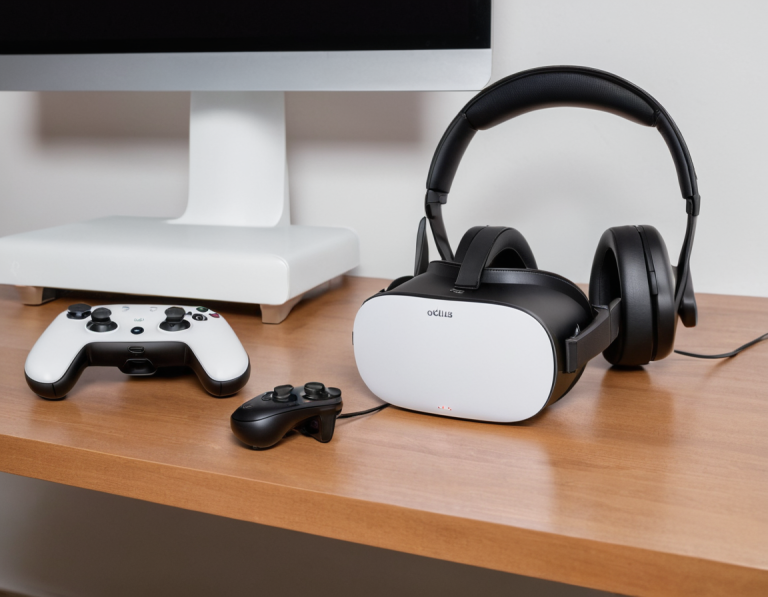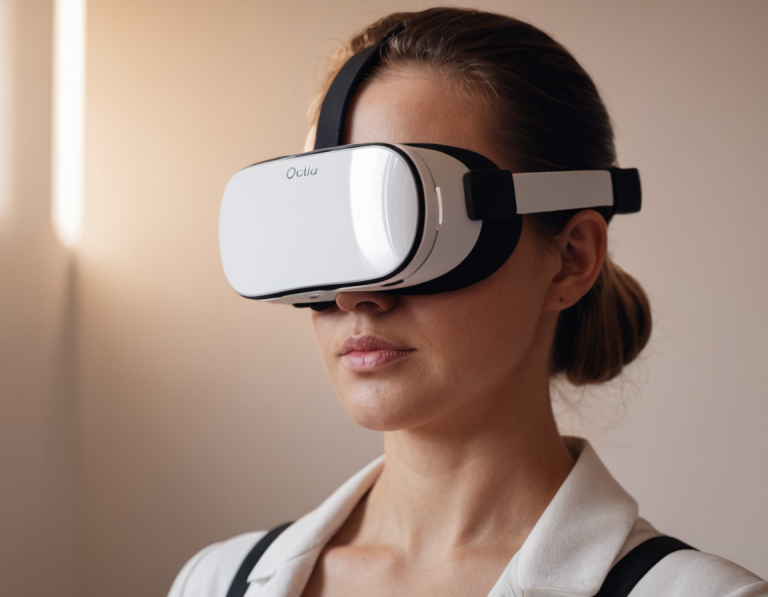How Does Beat Saber Challenge Players’ Rhythm Skills? A Comprehensive Exploration
Beat Saber, the wildly popular VR rhythm game, has taken the gaming world by storm with its unique blend of music, movement, and immersive gameplay. Players wield dual lightsabers to slice through blocks representing musical beats, requiring not only physical coordination but also a keen sense of rhythm. This blog post delves into how Beat Saber challenges players’ rhythm skills, the mechanics behind its gameplay, and tips for enhancing your rhythmic abilities.
Understanding Rhythm Skills in Gaming
What Are Rhythm Skills?
Rhythm skills involve the ability to perceive, anticipate, and respond to musical timing. They include several components:
- Timing: The ability to strike at the correct moment.
- Coordination: Managing movements of both hands and feet in sync with the music.
- Spatial Awareness: Understanding the position and movement of blocks in relation to your own body.
- Pattern Recognition: Quickly identifying and responding to musical patterns and sequences.
In Beat Saber, these skills are not just beneficial; they are essential for success.
How Beat Saber Challenges Rhythm Skills
1. Dynamic Timing Requirements
Beat Saber features a diverse selection of songs with varying tempos and rhythms. Players must accurately time their strikes to hit the blocks as they approach. This challenge can vary significantly from one song to another:
- Tempo Variability: Faster songs require quick reflexes and precise timing, while slower songs allow for more relaxed gameplay but may introduce complex patterns.
- Syncopation: Many tracks incorporate syncopated rhythms that can catch players off-guard, demanding heightened awareness and adaptability.
2. Block Patterns and Spatial Awareness
The layout and movement of the blocks in Beat Saber require players to develop strong spatial awareness and the ability to anticipate where to move next:
- Horizontal and Vertical Movement: Blocks can approach from various angles, necessitating quick lateral and vertical movements. Players must predict the trajectory of blocks while maintaining rhythm.
- Combo Sequences: Longer sequences may combine different types of blocks (e.g., single blocks, double blocks, and obstacles), which require players to adapt their movements quickly.
3. Hand Coordination and Independence
Beat Saber requires players to use both hands independently, adding another layer of complexity to the rhythm challenge:
- Dual-Wielding: Players slice blocks with both the left and right hands, often in rapid succession. This requires not only coordination but also the ability to maintain rhythm while managing two separate actions.
- Crossing Over: Some songs feature blocks that require players to cross their arms or alternate hands, further complicating the coordination challenge.
4. Difficulty Levels and Progression
Beat Saber offers multiple difficulty levels, each designed to test and enhance players’ rhythm skills:
- Gradual Increase in Complexity: Starting at easier levels allows players to build their timing and coordination skills gradually. As players progress to harder levels, they face more complex patterns and faster tempos.
- Endurance and Stamina: Higher difficulty levels not only test rhythm skills but also physical endurance, as players need to maintain precision and energy throughout longer and more intense songs.
5. Feedback Mechanism
Beat Saber incorporates immediate feedback into its gameplay, which is crucial for developing rhythm skills:
- Visual and Audio Cues: Players receive instant feedback through visual effects (such as the slicing animation) and sound effects that confirm successful hits. This reinforces the timing and rhythm as players learn from their mistakes.
- Score Tracking: The game’s scoring system encourages players to improve their timing and accuracy, promoting a cycle of practice and refinement.
Tips for Improving Rhythm Skills in Beat Saber
1. Practice Regularly
Regular practice is essential for enhancing rhythm skills. Start with easier songs and gradually progress to more challenging tracks as your skills improve.
2. Focus on Timing
Use the practice mode to work on specific sections of a song that you find challenging. Pay close attention to the timing of your strikes and try to synchronize your movements with the music.
3. Warm-Up Before Playing
Engage in a warm-up routine to prepare your body and mind. Stretch your arms and wrists and play a few easy songs to get into the rhythm before tackling harder levels.
4. Experiment with Different Genres
Different musical genres offer unique rhythmic challenges. Explore various song styles in Beat Saber to adapt your skills to diverse rhythms and patterns.
5. Watch and Learn from Others
Engage with the Beat Saber community on platforms like YouTube or Twitch. Watching skilled players can provide insights into their techniques and strategies for improving rhythm skills.
Resources for Further Exploration
- Beat Saber Official Website: Visit the Beat Saber website for updates, community news, and resources.
- YouTube Tutorials: Look for channels dedicated to Beat Saber that offer gameplay tips, song reviews, and rhythm training exercises.
- Reddit Community: Join the Beat Saber subreddit for discussions, challenges, and sharing custom songs.
Conclusion
Beat Saber challenges players’ rhythm skills through dynamic timing, complex block patterns, and the need for hand coordination. By engaging with its diverse gameplay mechanics, players not only enjoy a thrilling experience but also enhance their rhythmic abilities. With regular practice, a focus on timing, and exploration of various song styles, anyone can improve their skills in this captivating VR rhythm game. So grab your lightsabers, pick a song, and immerse yourself in the rhythm-filled world of Beat Saber! Happy slicing!






